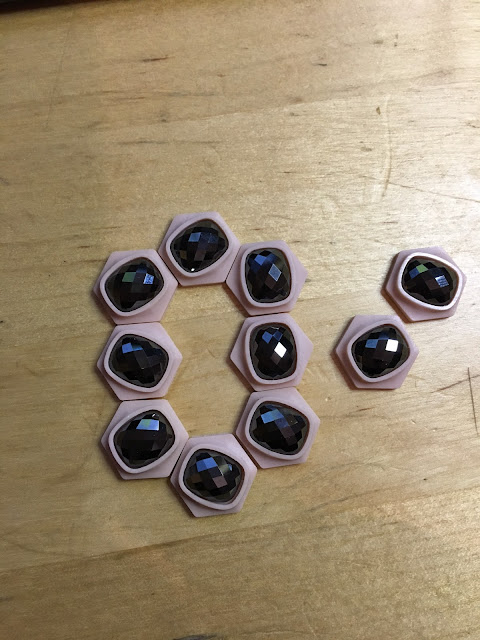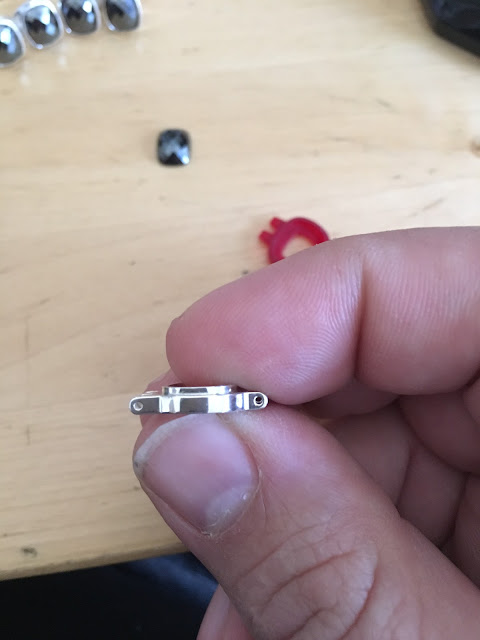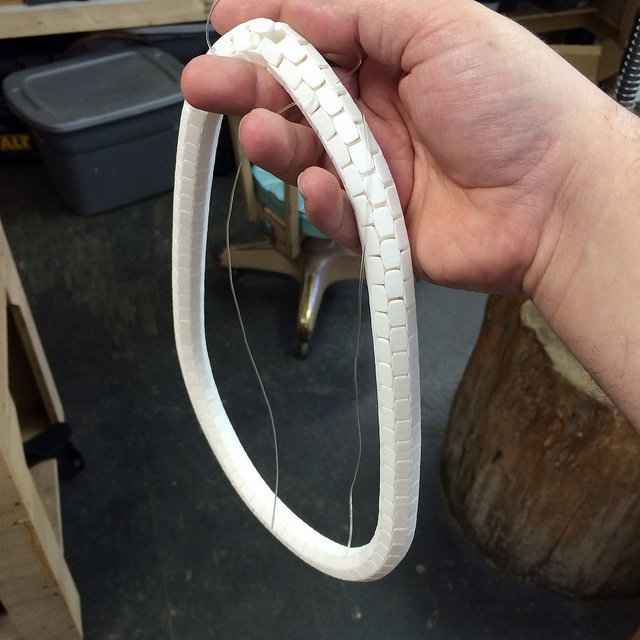MAX build area for the ASIGA printers
51 × 32 × 76 mm
64 × 40 × 76 mm
https://www.asiga.com/products/printers/pico2/
Parts need to be uploaded by December 7th at 4:30 PM
Hand model images
51 × 32 × 76 mm
64 × 40 × 76 mm
https://www.asiga.com/products/printers/pico2/
Parts need to be uploaded by December 7th at 4:30 PM
Hand model images



































































